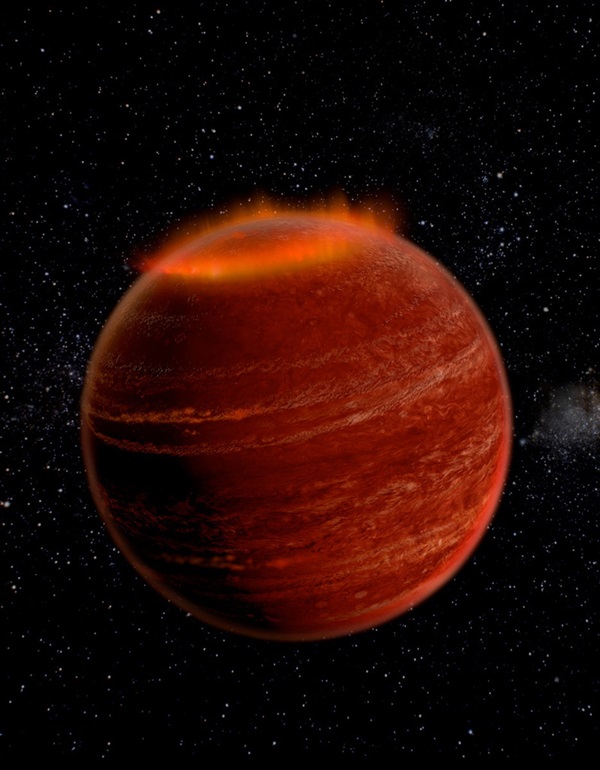Key Takeaways:
- The first extrasolar aurora, 10,000 times more powerful than any previously seen, was discovered on LSR J1835+3259, an object at the boundary between low-mass stars and brown dwarfs.
- This discovery indicates that auroral activity replaces solar-like coronal activity as the primary magnetic phenomenon on brown dwarfs and smaller, cooler celestial objects.
- Observations of LSR J1835+3259, located 18 light-years from Earth, were conducted using radio (Karl G. Jansky Very Large Array) and optical (Hale and Keck Telescopes) wavelengths, revealing characteristics distinct from more-massive stars.
- The observed aurora, appearing to be powered by a dynamo process similar to that seen on large planets like Jupiter, suggests a potential method for detecting such activity on massive extrasolar planets.
The discovery reveals a major difference between the magnetic activity of more- massive stars and that of brown dwarfs and planets, the scientists said.
“All the magnetic activity we see on this object can be explained by powerful auroras,” said Gregg Hallinan of the California Institute of Technology. “This indicates that auroral activity replaces solar-like coronal activity on brown dwarfs and smaller objects,” he said.
The astronomers observed the object, called LSR J1835+3259, using the Karl G. Jansky Very Large Array (VLA) at radio wavelengths, along with the 5-meter Hale Telescope on Palomar Mountain and the 10-meter Keck Telescope in Hawaii at optical wavelengths. The combination of radio and optical observations showed that the object, 18 light-years from Earth, has characteristics unlike any seen in more-massive stars.
Brown dwarfs, sometimes called “failed stars,” are objects more massive than planets, yet too small to trigger the thermonuclear reactions at their cores that power stars. The astronomers said their observations of LSR J1835+3259 indicate that the coolest stars and brown dwarfs have outer atmospheres that support auroral activity, rather than the type of magnetic activity seen on more-massive and hotter stars.
The discovery also has implications for studying extrasolar planets. The aurora the scientists observed from LSR J1835+3259 appears powered by a little-understood dynamo process similar to that seen on larger planets in our solar system. This process is different from that which causes Earth’s auroral displays — the planet’s magnetic field interacting with the solar wind.
“What we see on this object appears to be the same phenomenon we’ve seen on Jupiter, for example, but thousands of times more powerful,” Hallinan said. “This suggests that it may be possible to detect this type of activity from extrasolar planets, many of which are significantly more massive than Jupiter,” he said.










